NASA Ingenuity Helicopter paves the way for others to explore Mars
The outstanding performance by the NASA Ingenuity has given the confidence to scientists to build more space helicopters that will explore Mars and other areas of the solar system.
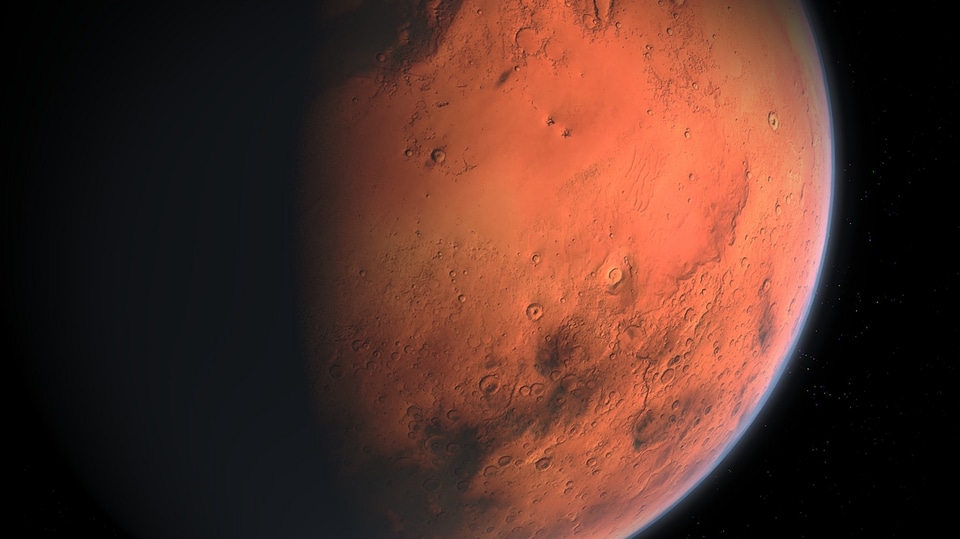
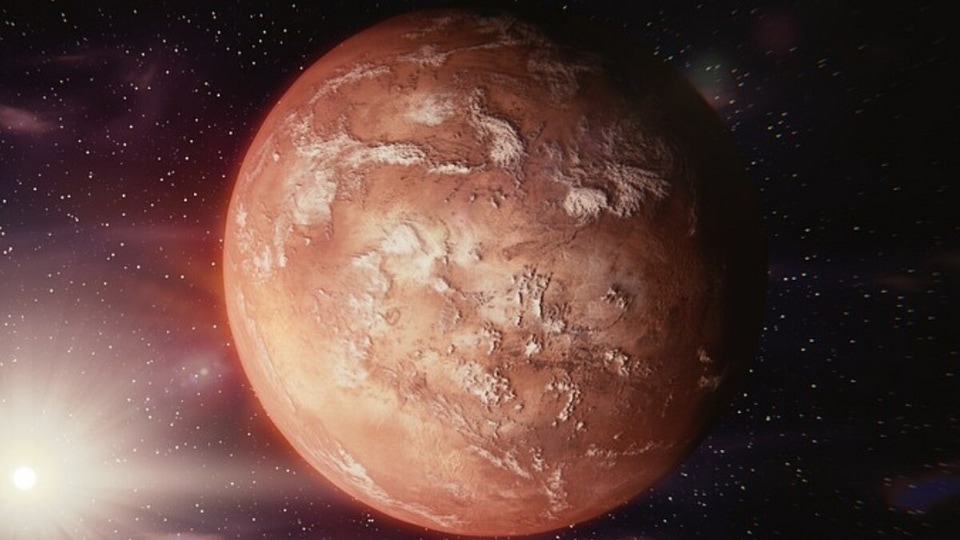
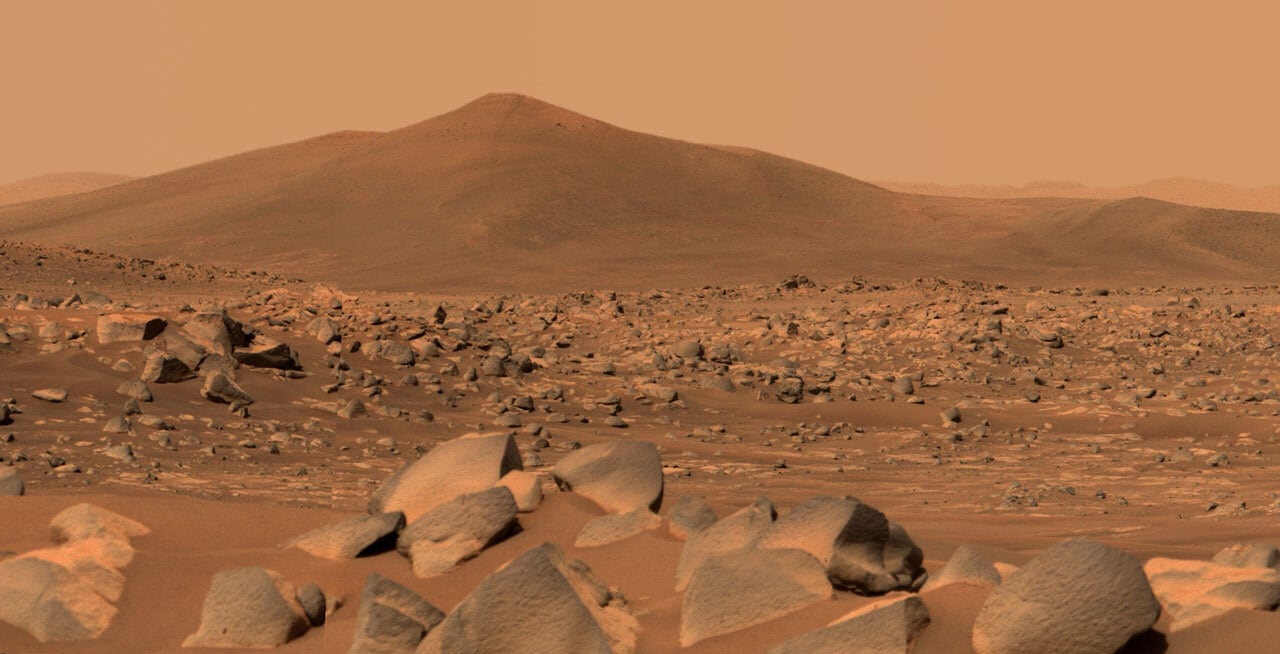

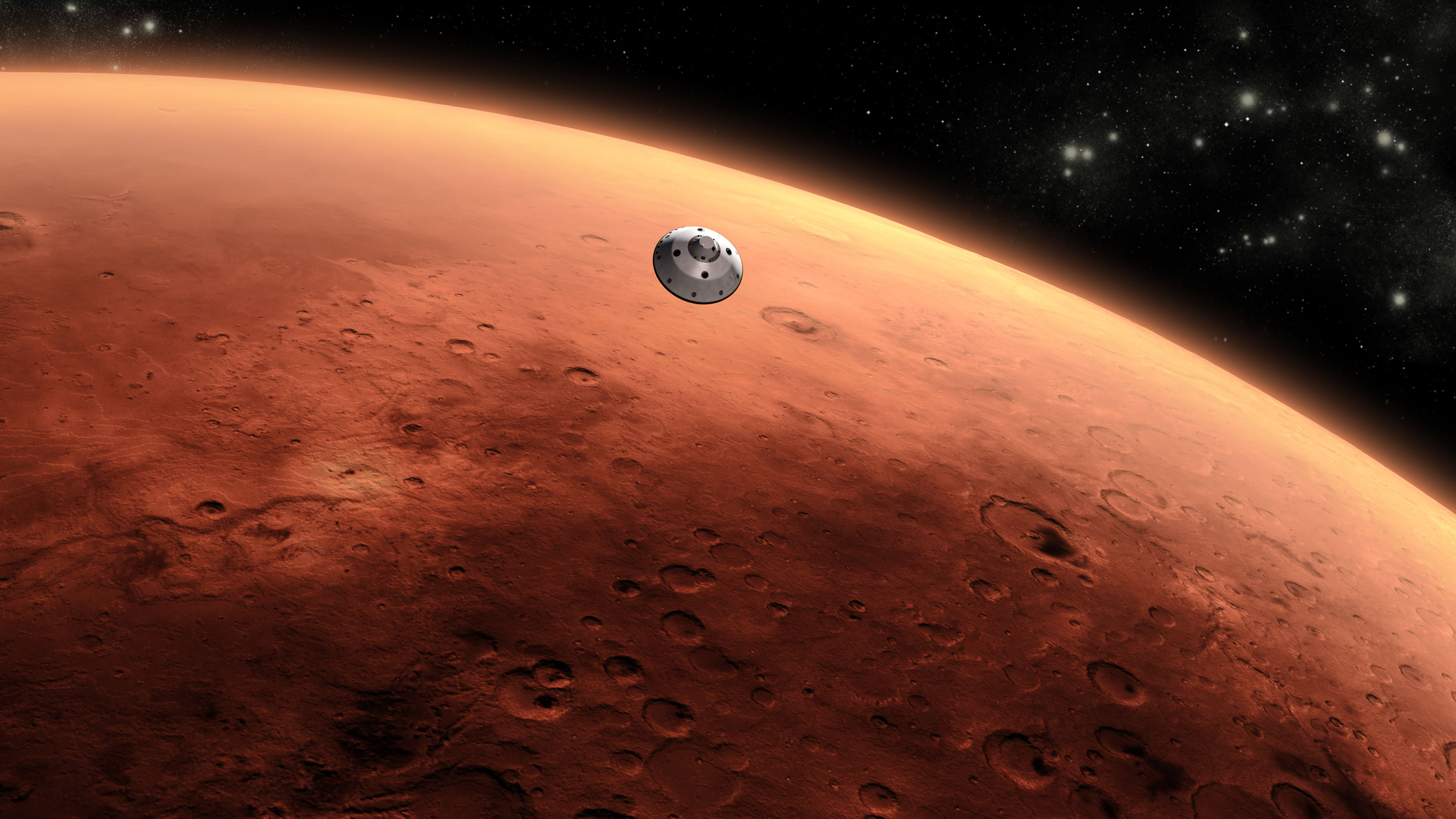
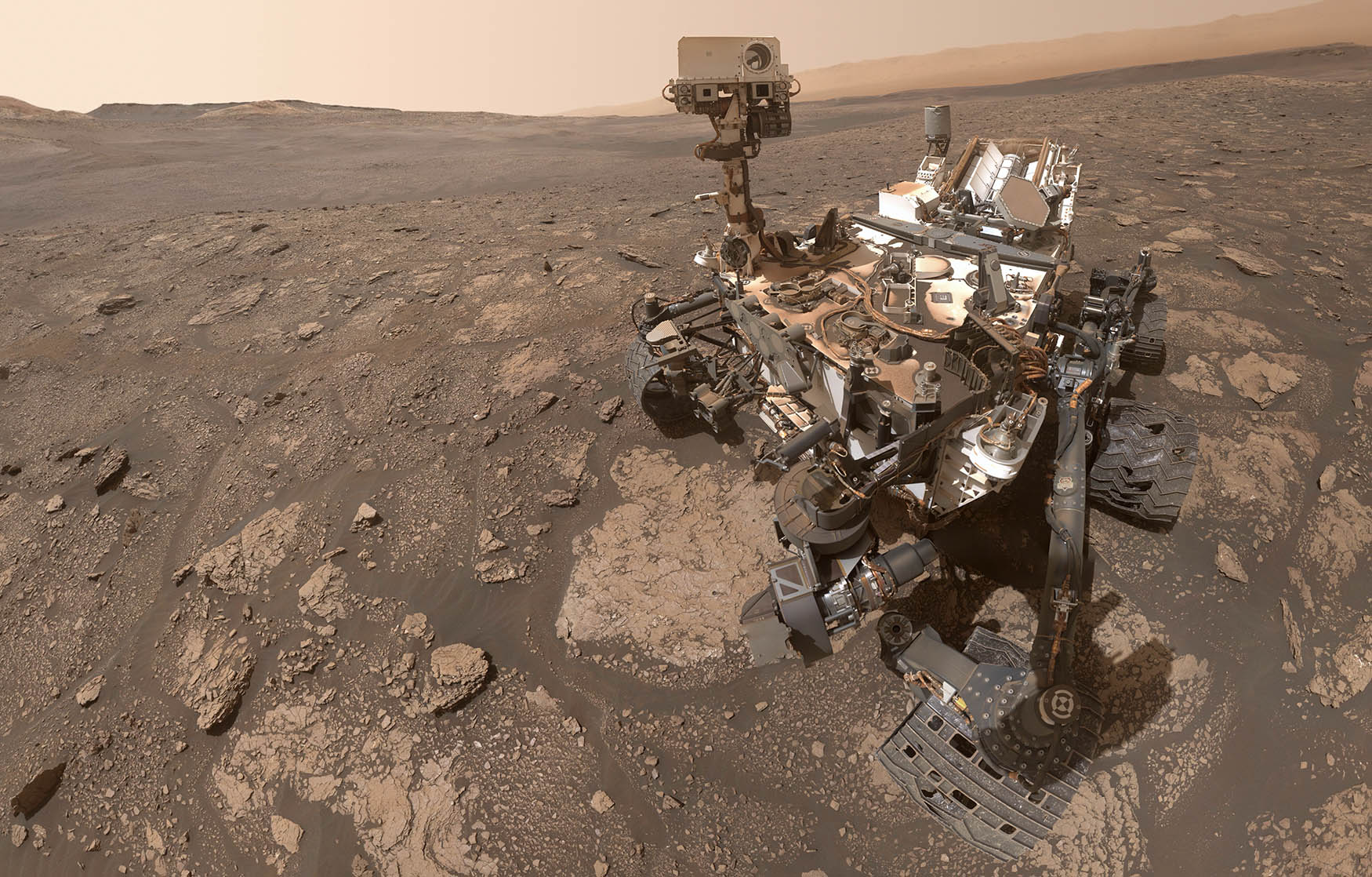
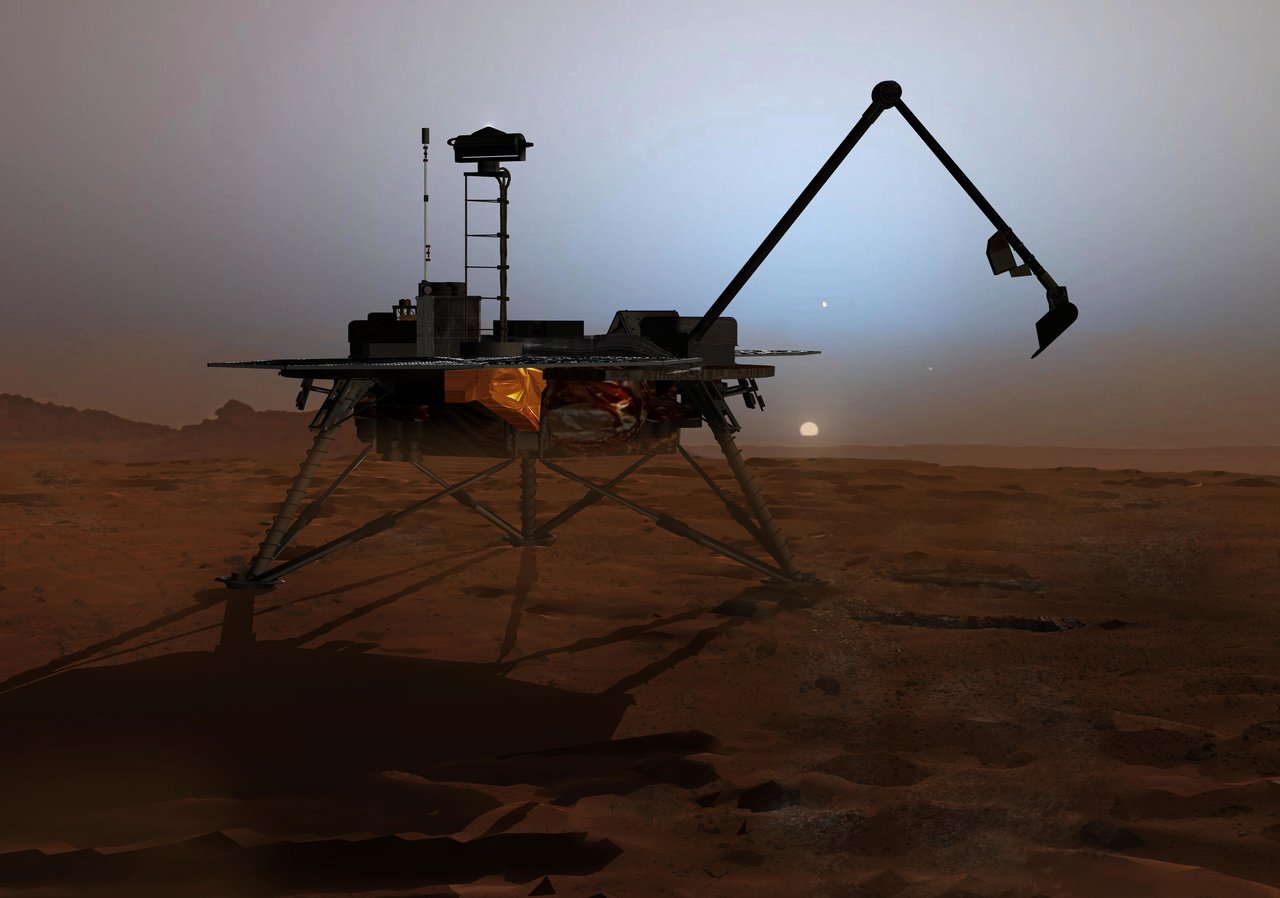
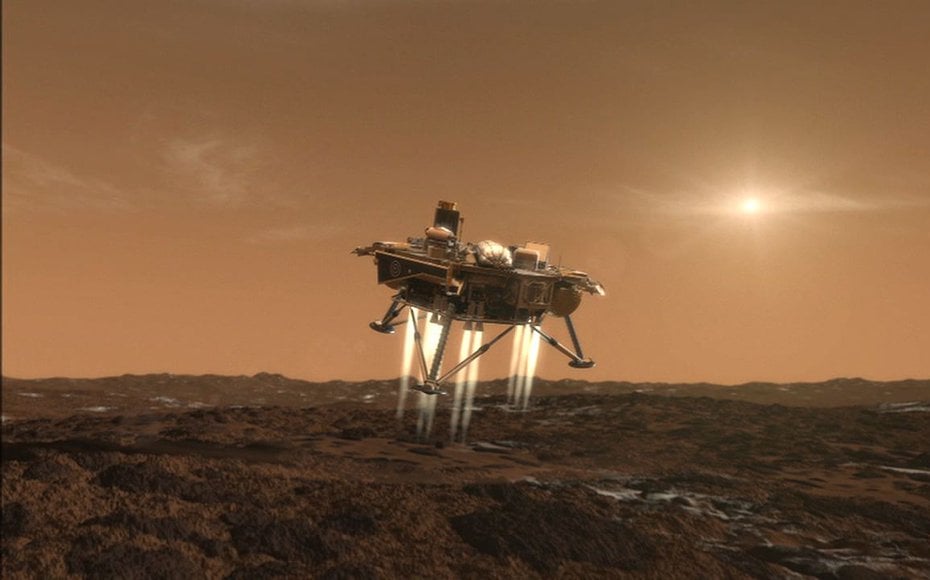
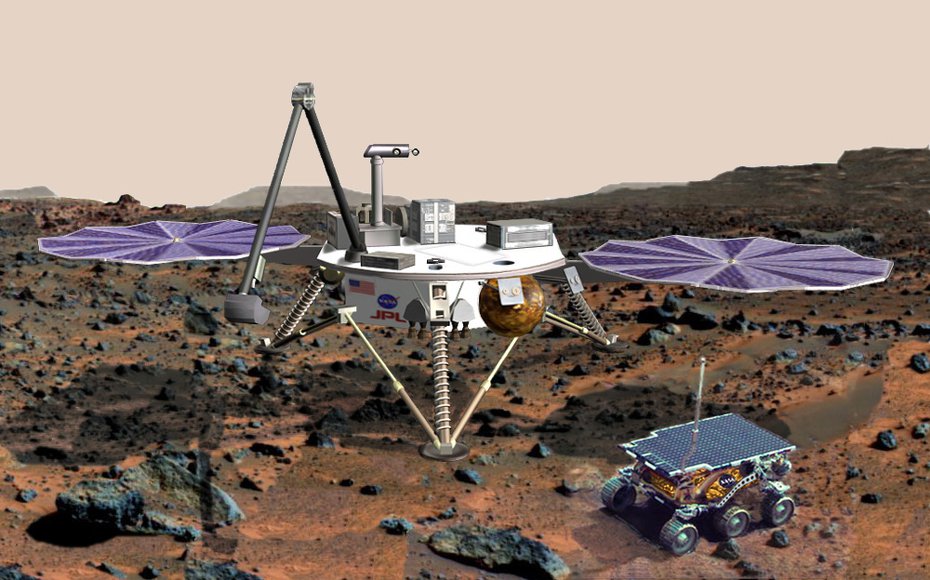

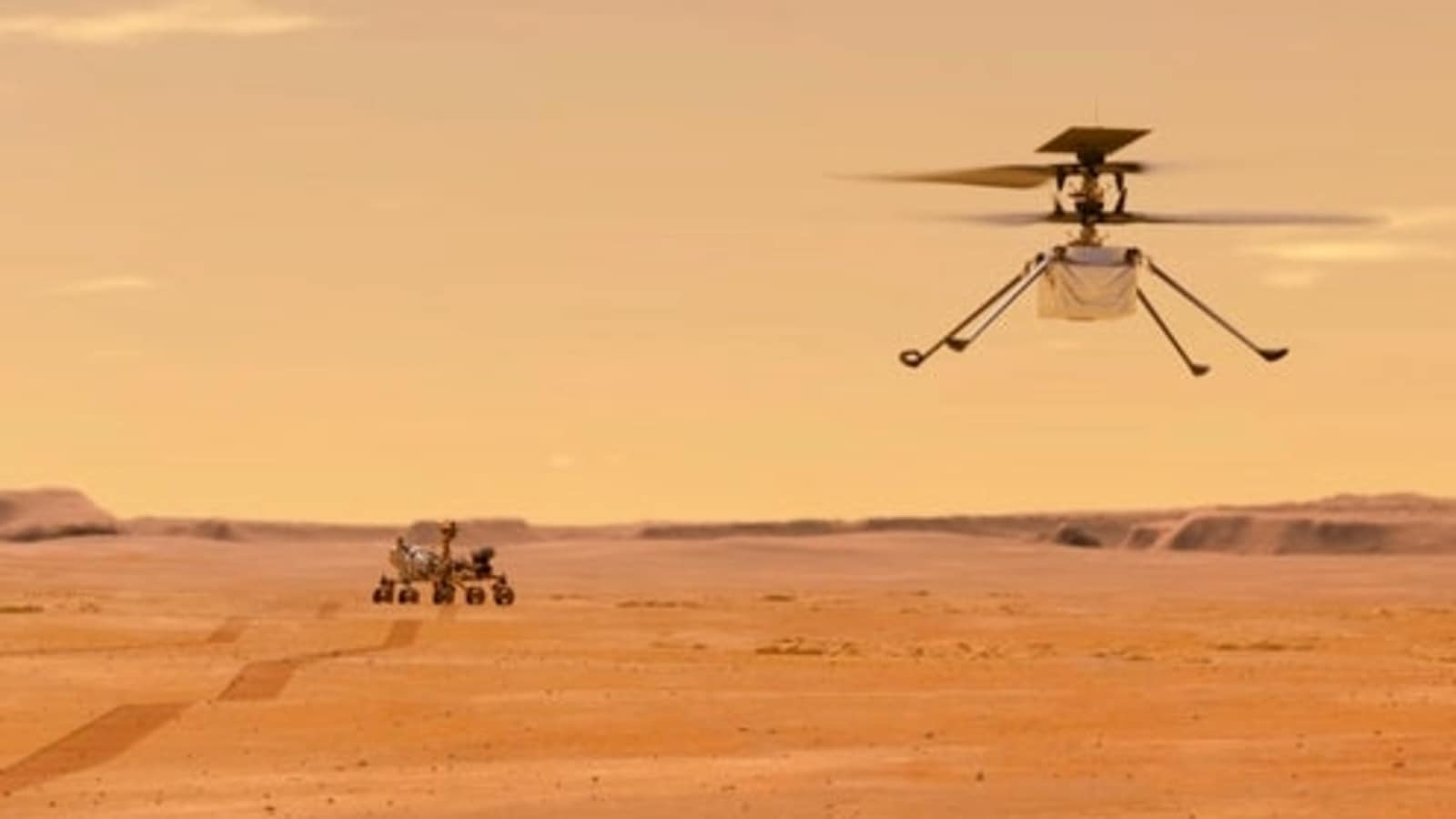
 View all Images
View all ImagesThe NASA Perseverance Rover has been leading a path-breaking exploration of the surface of Mars. However, the Mars rover also has a partner in crime that has been flying around mapping the vast area of the red planet. It is called the Ingenuity helicopter and it has been making waves in the astronomy community for its efficiency and performance. Even NASA scientists have said that the space helicopter has surpassed their expectations by a significant margin. While it was an experiment to begin with, the successful run of course by NASA Ingenuity can now lead to a fleet of similar space aircrafts that can explore not only Mars but other planets and celestial bodies in the solar system.
As per a report by Space.com, Havard Grip, the chief pilot for the Ingenuity helicopter said in a press conference, “It did such a good job in fact that even though we originally were meant to fly only up to five times on Mars, we got a new mission”. He also announced that Ingenuity will now help the Mars rover by scouting the path ahead of it and scoping the landscape.
NASA Ingenuity can lead to a fleet of space helicopters
NASA scientists have reasons to be impressed with Ingenuity. Its initial demonstration lasted only 39 seconds but since then it has taken 36 flights across the Martian skies. During this time, it has scouted the area for Perseverance, taken detailed images of an outcrop on the planet and helped in creating a 3D model of the area to help scientists study the geography better.
But this performance has created another headache for the scientists. At the time of launch, the helicopter was only scheduled for five flights. But instead of adding just 5 logbook pages because it would look silly, the scientists added 36 different pages to it. But it appears even that is not enough as it completed its 36th flight two days ago and now the space helicopter has run out of pages.
This has given the scientists the confidence to undertake more missions which would be exclusively conducted by these space helicopters. And while these will be used to further explore the topography of Mars, it would not be limited to it. NASA is planning a Dragonfly mission to Saturn's moon Titan where space helicopters will be exploring the new world. The mission is tentatively scheduled for 2027.
Catch all the Latest Tech News, Mobile News, Laptop News, Gaming news, Wearables News , How To News, also keep up with us on Whatsapp channel,Twitter, Facebook, Google News, and Instagram. For our latest videos, subscribe to our YouTube channel.




























